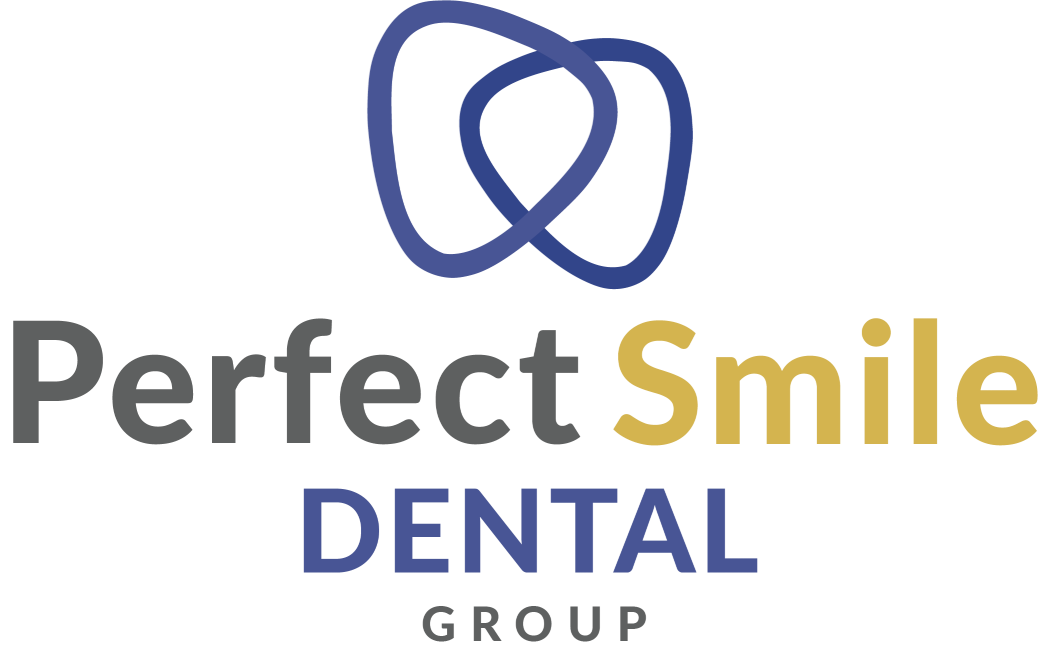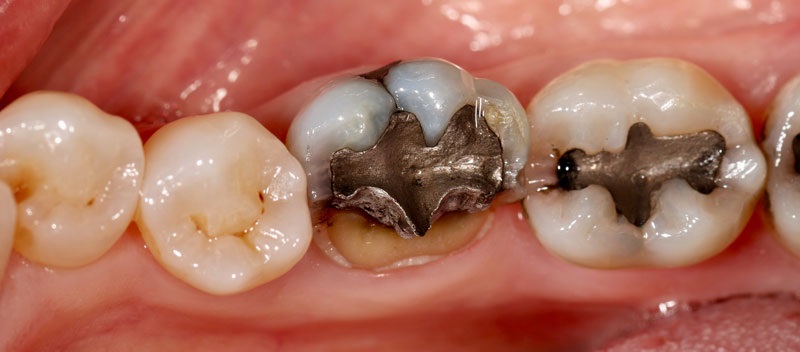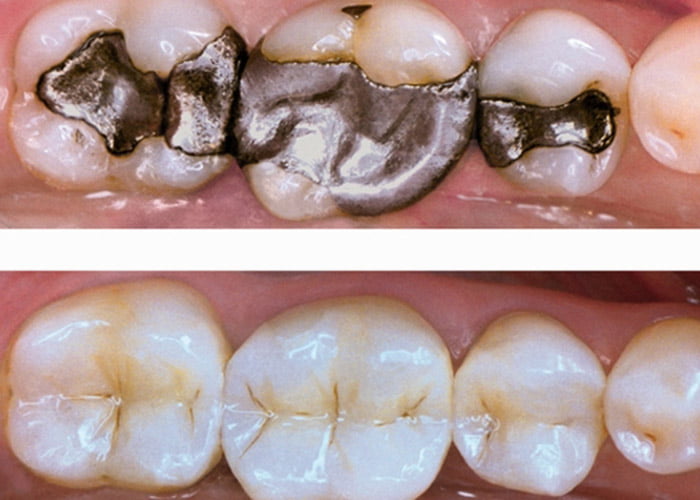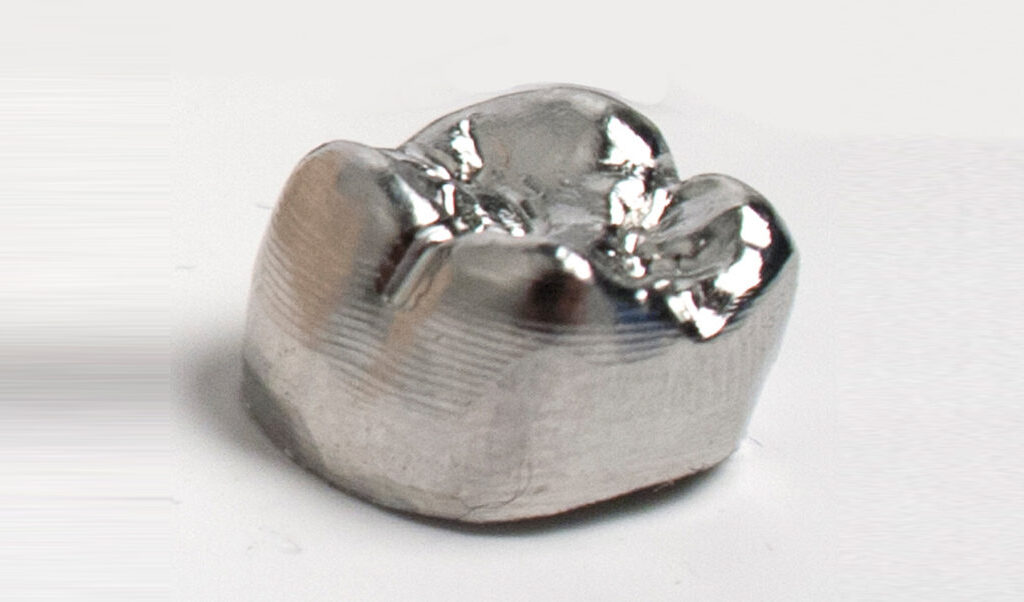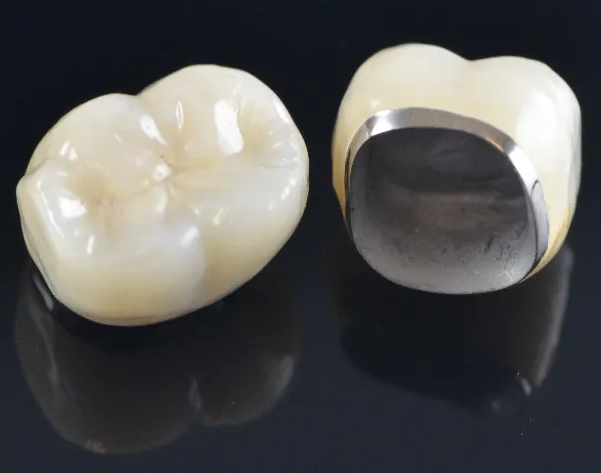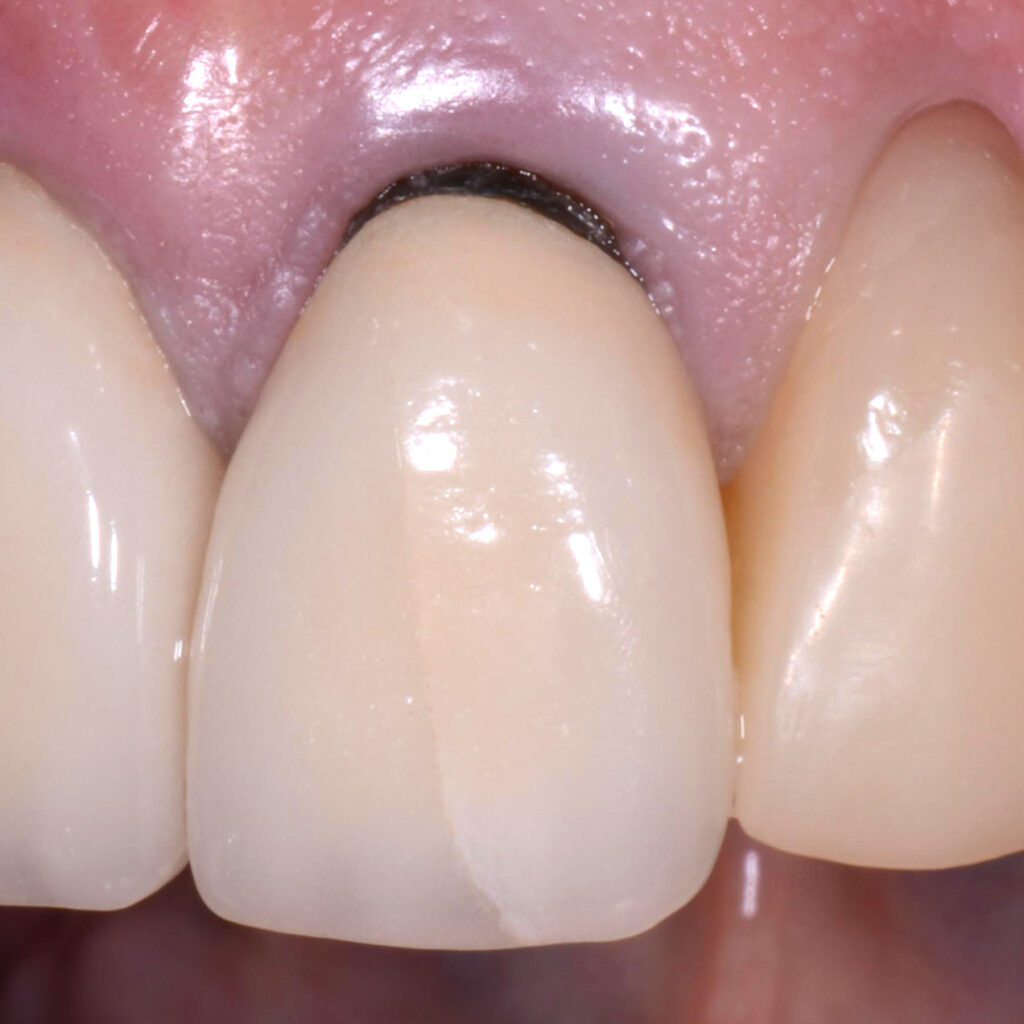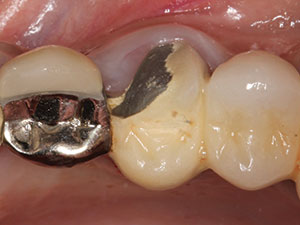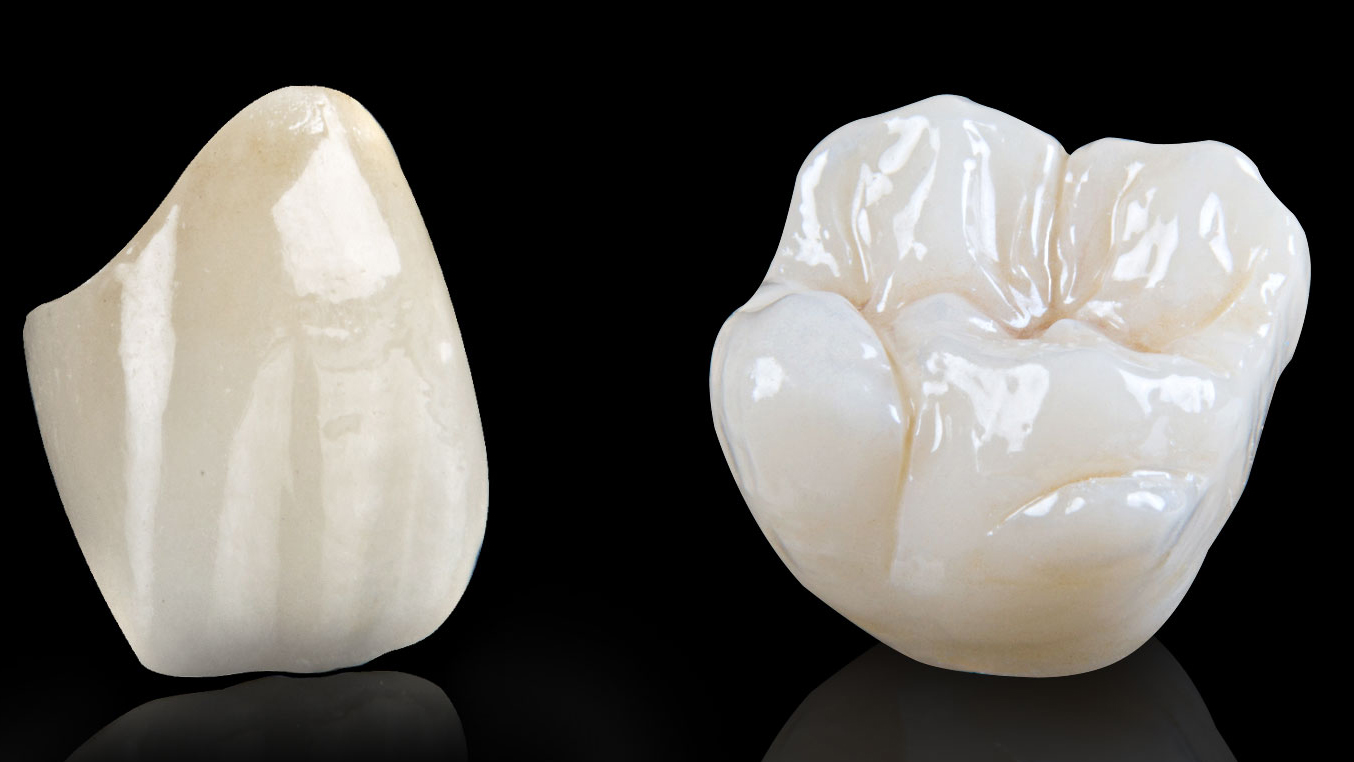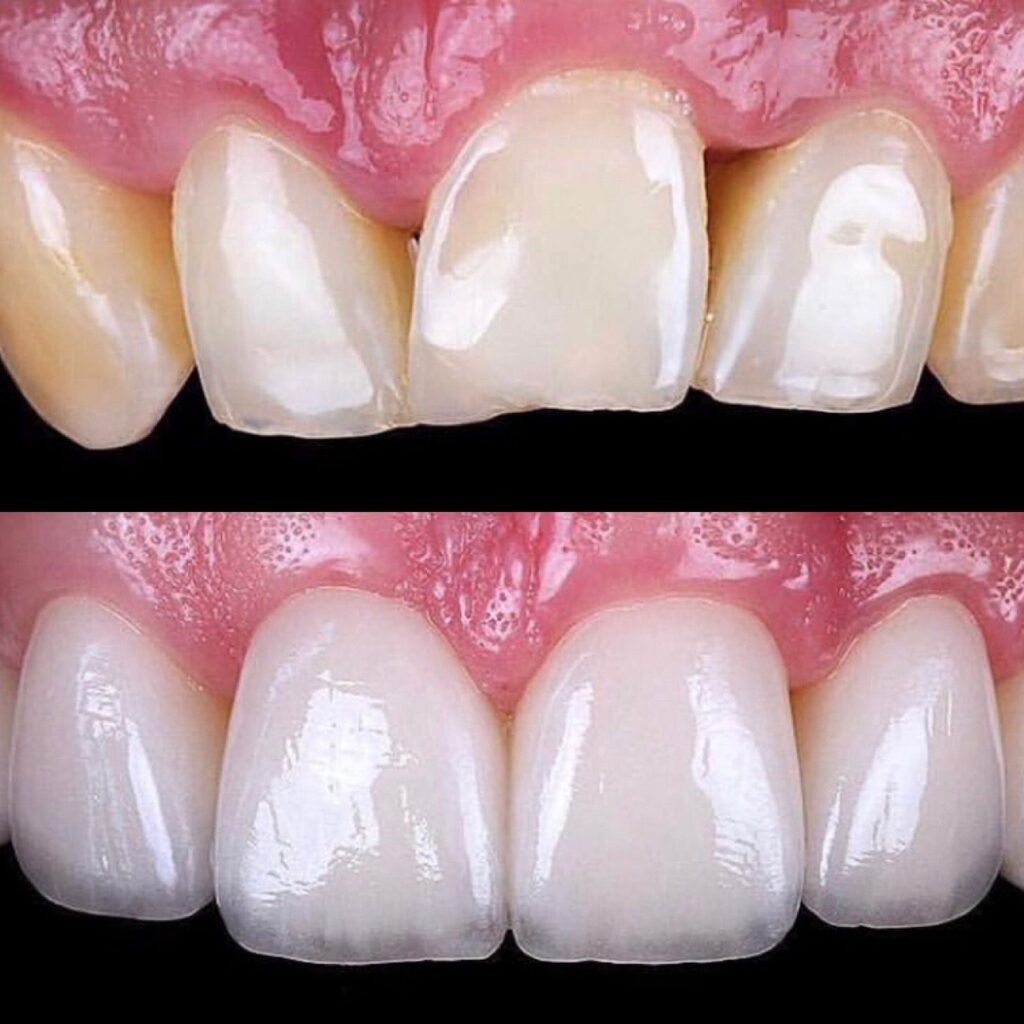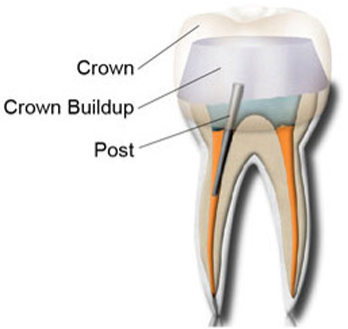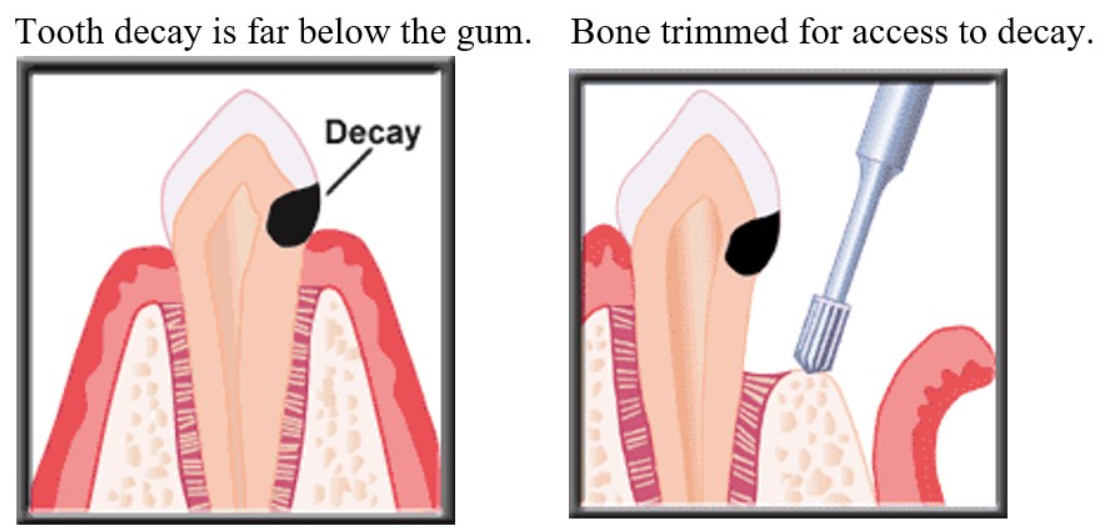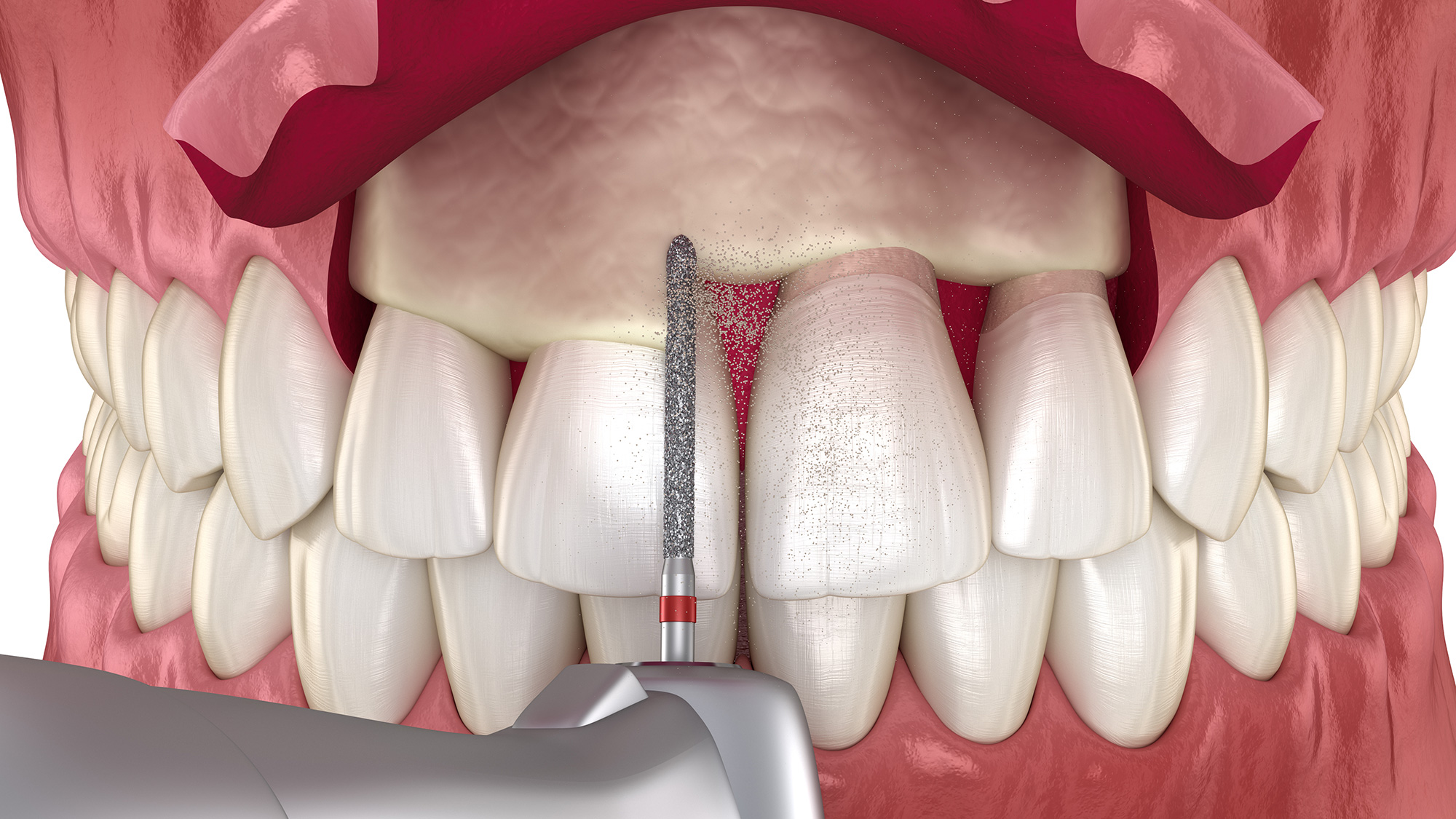Frequently Asked Questions
How much does a dental crown cost?
Dental crown cost can vary depending on the material used and the geographical location. They range between $800 and $1600. Most dental insurance plans provide coverage for crowns. How much is covered depends on the insurance plan you purchased.
How does a crown last?
Dental crowns can last between 10 to 15 years. Good oral hygiene and routine dental check-ups can extend their longevity.
Which type of crown is recommended?
Which type of crown is recommended depends on the location of the crown and the patient’s needs. Is esthetic important? Do you grind your teeth?
Full Metal Cast Crowns provide strength and durability, but due to the gray metal core they do not like natural teeth. Full Metal Cast Crowns are not recommended for front teeth.
Porcelain Fused to metal Crowns (PFM) provide strength and greater esthetics compared to Full metal cast crowns. PFM crowns have 2 disadvantages: In patients with receding gum, the metal core show as black line at the gum line. The porcelain layer on the metal core often breaks in patients that grind their teeth or chew on hard foods/objects.
Zirconia Crowns (Bruxzir) provide the highest strength, durability and great esthetic. Since there is no metal core and no porcelain, there are no concerns with black line at the gum nor breaking of the porcelain. They can be placed on front teeth or back teeth. Zirconia crowns are ideal for grinding patients.
eMax Crowns provide the highest esthetic and great strength. eMax crowns are the most natural and beautiful crowns and are perfect for front teeth. eMax crowns are ideal if esthetic is the most important to you.
Is it painful to get a crown?
Modern dentistry has made the process of getting a crown painless. Local anesthesia is used to numb the area to ensure that you feel no pain during the procedure. Some mild sensitivity or discomfort after the procedure is normal, but it’s usually minor and temporary.
Does a crown require a root canal?
A crown does not require a root canal. Crowns are often placed after a root canal to protect the tooth, but they can also be used to restore a tooth’s shape or appearance without the need for a root canal.
How long do crowns take?
Getting a dental crown involves two visits to the dentist. At first visit, prepare the tooth, take impressions and place a temporary crown. At second visit, cement your permanent crown. Getting a dental crown usually takes two weeks.
How long do you have to wait to eat after a crown?
After getting a crown, you can eat as soon as the anesthesia wears off. With a temporary crown, avoid any sticky or hard foods as this can dislodge or break the temporary crown. Once your permanent crown is cemented, you can return to your normal eating habits.
What is a Post & Core Buildup?
Post & Core Buildup is a dental procedure used to rebuild the foundation of a severely broken-down tooth or an endodontically treated tooth before a crown can be made for that tooth.
What is Crown Lengthening?
Crown lengthening is the removal of small amount of bone surrounding the broken-down tooth, to allow complete removal of the decay and allow the crown to seat properly on the tooth.

